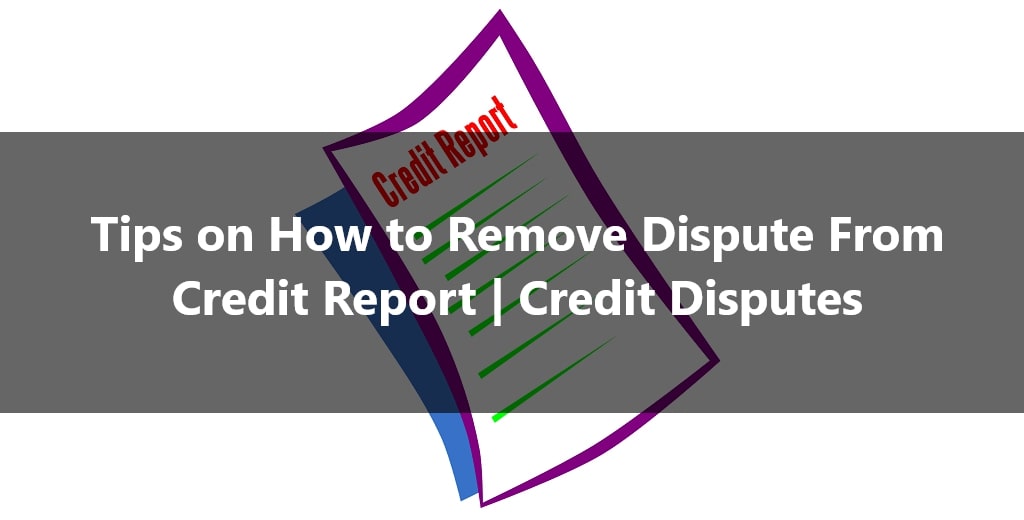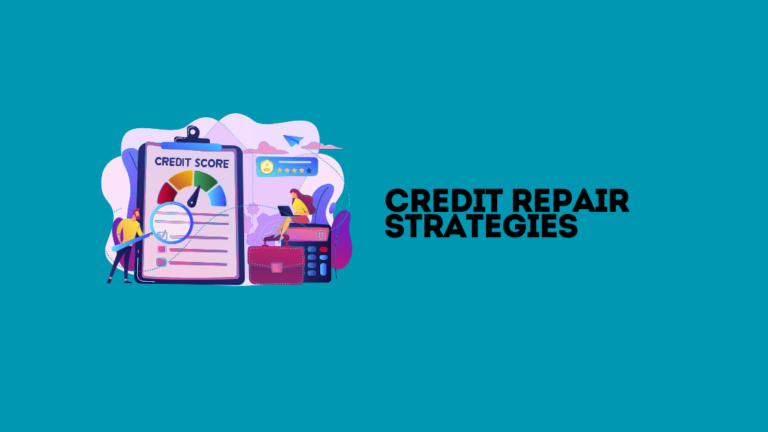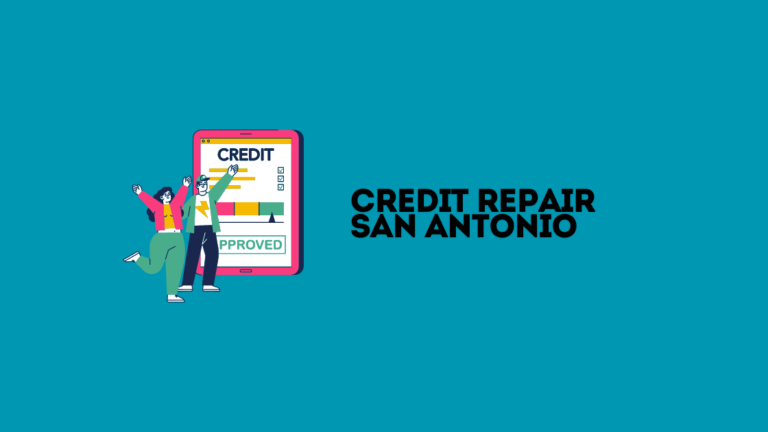How to Remove Disputes from Credit Report: Ultimate Guide
To remove disputes from your credit report, contact the credit bureau directly. Request the removal in writing for accuracy.
Removing disputes from your credit report is crucial for maintaining a clear and accurate financial record. Disputes can affect your credit score and potentially hinder loan approvals or other financial opportunities. Start by obtaining a copy of your credit report from the major credit bureaus: Equifax, Experian, and TransUnion.
Review the report to identify the disputes you want to remove. Contact the credit bureau with a written request to remove the disputes, providing the necessary documentation to support your case. Following up on your request ensures the disputes are removed promptly, helping improve your credit score and financial standing. Additionally, it is important to regularly monitor your credit report to ensure that the disputes have been removed and that your credit score reflects the changes. If you encounter any difficulties in removing the disputes, it may be necessary to seek further assistance from a credit repair specialist. Taking proactive steps in removing remark code from credit report can significantly impact your overall financial well-being and future opportunities.
Gather Necessary Documents
To successfully remove disputes from your credit report, gather all necessary documents. These documents will support your case and streamline the dispute resolution process. When disputing credit reports, be sure to include copies of any correspondence, such as letters or emails, you have sent to the credit reporting agencies. Additionally, highlight any errors or inaccuracies and provide evidence to back up your claims. By preparing a thorough and well-documented dispute, you are more likely to see a positive resolution and a clean credit report.
Credit Report Copies
First, obtain a copy of your credit reports. You can request free reports from the three major credit bureaus: Equifax, Experian, and TransUnion. Having these copies allows you to review the disputed information.
Make sure you have the latest copies. This ensures you address the most current data. You may also want to highlight the disputed items for easier reference.
| Credit Bureau | Website |
|---|---|
| Equifax | equifax.com |
| Experian | experian.com |
| TransUnion | transunion.com |
Supporting Evidence
Next, collect any supporting evidence to back your dispute. This evidence could include:
- Payment receipts
- Bank statements
- Correspondence with creditors
- Identity theft reports
Ensure all documents are clear and legible. This helps credit bureaus verify your claims faster. You might also want to create copies for your records.
Consider organizing your documents by date. This provides a clear timeline of events. It can also make your case more compelling.

Credit: nationwidemortgageandrealty.net
Identify Errors On Your Credit Report
Credit reports can contain mistakes. These mistakes can hurt your credit score. Identifying and fixing errors is crucial for a healthy credit profile. Let’s discuss how to find these errors.
Common Credit Report Errors
- Incorrect Personal Information: Wrong name or address.
- Duplicate Accounts: The same account is listed more than once.
- Incorrect Account Status: Closed accounts are marked as open.
- Errors in Account Balance: Wrong balance amounts.
- Outdated Information: Old data that should be removed.
How To Spot Inaccuracies
- Request Your Credit Reports: Get reports from all three credit bureaus.
- Check Personal Information: Make sure your name, address, and other details are correct.
- Review Account Details: Look for duplicate accounts and incorrect balances.
- Look at Payment History: Ensure all payments are accurately recorded.
- Verify Public Records: Check for any incorrect public records, like bankruptcies.
Initiate The Dispute Process
Disputing errors on your credit report can improve your credit score. The first step in this process is to initiate the dispute. This involves contacting the credit bureaus and writing a dispute letter. Below, we explain each step in detail.
Contacting Credit Bureaus
To start, you need to contact the three main credit bureaus: Experian, TransUnion, and Equifax. Each bureau has its process for handling disputes.
- Experian: Visit their website or call them at 1-888-397-3742.
- TransUnion: Use their online form or call 1-800-916-8800.
- Equifax: File a dispute online or call 1-866-349-5191.
Keep a record of all your communications. This can help you track your progress.
Writing A Dispute Letter
Writing a detailed and clear dispute letter is crucial. Here’s a simple guide on how to write one:
| Section | Details |
|---|---|
| Personal Information | Include your full name, address, and contact number. |
| Report Details | Mention the report number and date. |
| Dispute Reason | Clearly state why the information is incorrect. |
| Supporting Documents | Attach copies of any relevant documents. |
Here is a sample template for your dispute letter:
Subject: Dispute of Credit Report Information To: [Credit Bureau Name] From: [Your Full Name] Date: [Date] Dear [Credit Bureau Name], I am writing to dispute the following information on my credit report. The items I dispute are incorrect and need to be removed or corrected. Item 1: [Account Name or Number] Reason: [Explanation of why it is incorrect] Please investigate and correct the disputed items as soon as possible. Sincerely, [Your Full Name]
Send your dispute letter via certified mail. This ensures you have proof of sending. Always include copies of documents, not originals.
Follow Up On Your Dispute
Following up on your dispute is crucial for ensuring its resolution. Simply filing a dispute is not enough. You need to stay proactive to see it through. Here’s a guide to help you track and respond to your dispute effectively.
Tracking Your Dispute
Once you’ve filed a dispute, it’s important to track its progress. Monitoring your dispute can help you stay informed and ready to act.
- Keep a record of your dispute details and reference numbers.
- Check the status regularly through the credit bureau’s website.
- Mark important dates such as when you filed and the expected resolution date.
Most credit bureaus provide online tools for tracking disputes. Use these tools to stay up-to-date. A table can help you keep organized:
| Dispute ID | Credit Bureau | Filed Date | Status | Expected Resolution Date |
|---|---|---|---|---|
| 123456 | Experian | 2023-10-01 | In Progress | 2023-10-21 |
| 654321 | Equifax | 2023-10-02 | Under Review | 2023-10-22 |
Responding To Bureau Inquiries
During the dispute process, credit bureaus may contact you for more information. Responding promptly is key to resolving your dispute quickly.
- Check your mail and email regularly for any inquiries.
- Gather any additional documentation requested by the bureau.
- Respond within the given timeframe to avoid delays.
Keep your responses clear and concise. Ensure all requested information is included. This can help the bureau resolve your dispute more efficiently.
Work With Creditors
Removing disputes from your credit report can be challenging. Working directly with creditors can help resolve issues faster. You can communicate and negotiate with creditors to clear disputes.
Direct Communication With Creditors
Start by contacting your creditor directly. This could be through phone or email. Explain your situation clearly. Provide all necessary details about the dispute. Ask them to remove the dispute from your report.
Maintain a professional tone in all communications. Keep a record of all conversations. This helps if there is any future confusion.
Negotiating Resolutions
Negotiation is key to resolving disputes. Propose a settlement if the dispute involves a balance. Offer to pay a portion if they remove the dispute.
Here are some steps to negotiate effectively:
- Explain your financial situation honestly.
- Offer a realistic payment plan.
- Ask for the removal of the dispute in return.
Document any agreements made. Ensure the creditor follows through on their promise.
Here’s a simple table summarizing the process:
| Step | Action |
|---|---|
| 1 | Contact creditor |
| 2 | Explain dispute |
| 3 | Propose settlement |
| 4 | Document agreements |
By following these steps, you can work with creditors to remove disputes. This helps improve your credit score.
Seek Professional Help
Removing disputes from your credit report can be challenging. Sometimes, you need to seek professional help. Professionals can navigate the complexities of credit reports with ease. They have the experience to handle disputes efficiently.
Credit Repair Services
Credit repair services can assist in removing disputes. They have the expertise and tools to address credit report errors. Here are some benefits of credit repair services:
- Expertise in handling credit report issues.
- Access to advanced tools and resources.
- Efficient handling of disputes and errors.
Credit repair services can communicate with credit bureaus on your behalf. They can also negotiate with creditors. This can speed up the dispute removal process. They offer personalized advice for maintaining a healthy credit score.
Legal Assistance
In some cases, legal assistance may be required to remove disputes. Lawyers specializing in credit report issues can provide substantial help. Here are some reasons to seek legal assistance:
- Complex disputes that require legal intervention.
- Unresponsive creditors or credit bureaus.
- Filing lawsuits to correct credit report errors.
Legal professionals can ensure your rights are protected. They can represent you in court if necessary. They understand the laws governing credit reports and disputes. This can be crucial for resolving stubborn errors.
Seeking professional help can be a smart move. It can save time and reduce stress. Both credit repair services and legal assistance can provide valuable support.
Maintain A Healthy Credit Report
Maintaining a healthy credit report is crucial for financial stability. It ensures you can get loans, credit cards, and even jobs. Removing disputes from your credit report is a significant part of this process. Let’s explore how to keep your credit report in good shape.
Regular Monitoring
Regularly check your credit report to spot errors early. This helps you take action before these errors affect your credit score. Use free credit report services like AnnualCreditReport.com.
Create a schedule to review your credit report every few months. Keep an eye out for any unfamiliar accounts or incorrect information. If you find any disputes, address them promptly.
Here’s a simple monitoring schedule:
| Month | Action |
|---|---|
| January | Check the credit report from Equifax |
| May | Check the credit report from TransUnion |
| September | Check credit report from TransUnion |
Best Practices For Future Credit Health
Adopt best practices to keep your credit healthy in the future. Paying bills on time is crucial. Late payments can hurt your credit score.
Here are some tips to maintain good credit health:
- Pay bills on time: Set up reminders or auto-payments.
- Keep credit utilization low: Use less than 30% of your credit limit.
- Avoid unnecessary credit inquiries: Too many inquiries can lower your score.
- Maintain a mix of credit types: A mix of credit cards, loans, etc., is beneficial.
Follow these steps to ensure your credit report stays in top shape. A healthy credit report opens doors to better financial opportunities.
What Are the Steps to Remove Potentially Negative Factors from My Credit Report?
To remove factors to avoid on credit report, start by obtaining a copy of your report. Review it for any inaccuracies or outdated information. Dispute any errors with the credit bureaus and provide supporting documentation. Pay off outstanding debts and make timely payments to improve your credit score.
Frequently Asked Questions
1. How Do I Get A Dispute Remarks Removed From My Credit Report?
Contact the credit bureau to request the removal of dispute remarks. Provide necessary documentation. Follow up to ensure changes are made.
2. Does Removing Dispute Hurt My Credit?
Removing a dispute can temporarily lower your credit score. Creditors may then see past negative information.
3. How Do I Delete A Dispute On Experian?
Log in to your Experian account. Navigate to the “Disputes” section. Select the dispute you want to delete. Click “Remove Dispute. ” Confirm your action.
4. How Long Does It Take For A Dispute To Be Removed From Your Credit Report?
Dispute removal typically takes 30 days. Sometimes it may take up to 45 days. It depends on the credit bureau’s investigation.
5. How Do Disputes Affect My Credit Score?
Disputes can temporarily lower your credit score. They might also delay loan approvals until resolved.
Conclusion
Removing disputes from your credit report can improve your financial health. Follow the steps to ensure accuracy. Regularly monitor your credit report for any discrepancies. Acting swiftly on errors can prevent future issues. A clean credit report opens doors to better financial opportunities.
Stay proactive and informed for a healthier credit profile.







